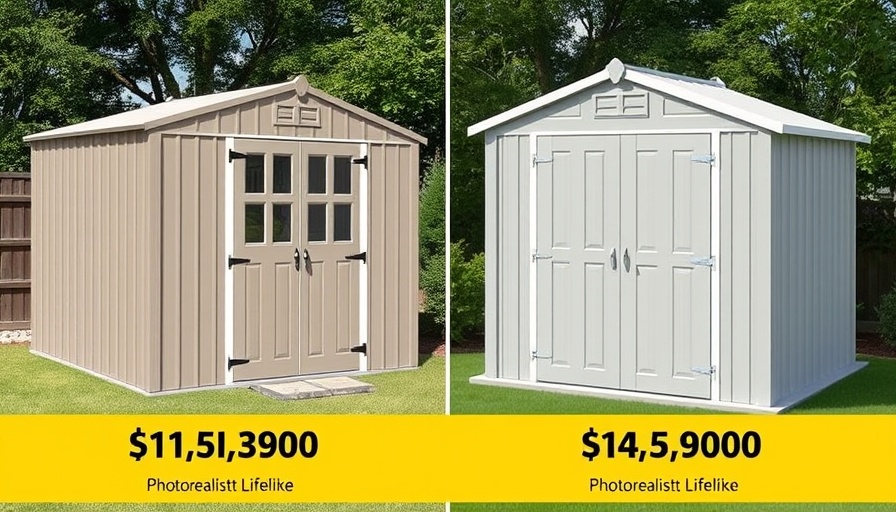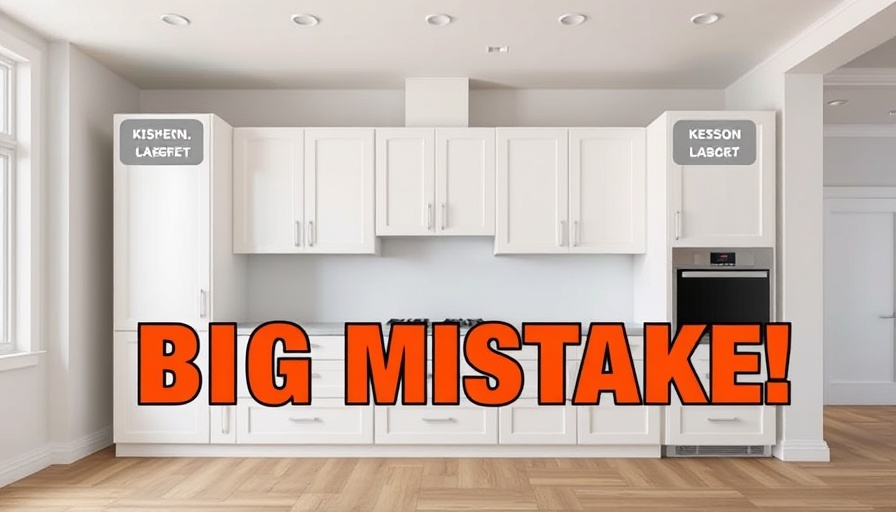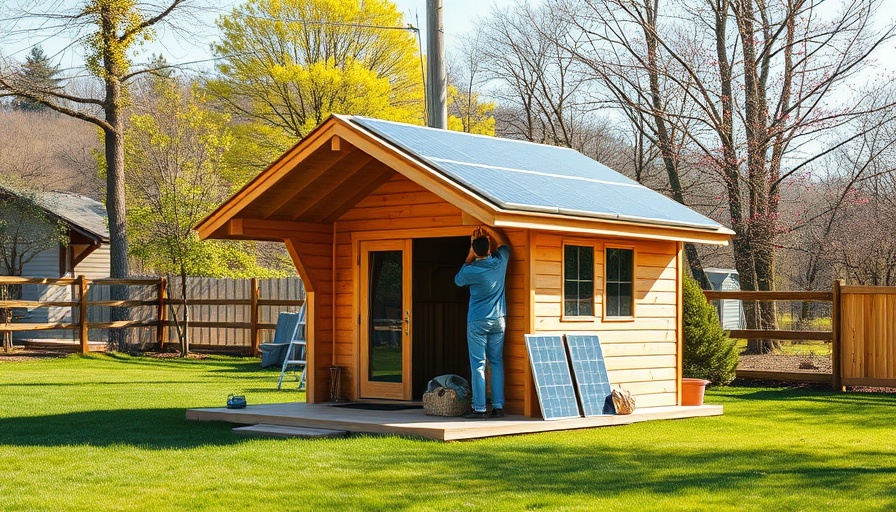
Choosing the Right Shed: Metal vs. Plastic
When it comes to garden storage solutions, homeowners often find themselves at a crossroad, weighing the benefits of a metal shed against those of a plastic option. Metal sheds are typically chosen for their durability, while plastic sheds are often preferred for ease of assembly. In a recent video, Scott from Everyday Home Repairs tackled this exact dilemma, sharing practical insights and experiences from assembling both types of sheds.
In 'I Built a Metal and Plastic Shed So You Don’t Have To', the discussion dives into the challenges of assembling different types of sheds, exploring key insights that sparked deeper analysis on our end.
The Practical Assembly Experience
For most homeowners, the thought of building a shed can seem daunting. Scott illustrates that while both shed types may seem similar in square footage, their assembly processes reveal distinct challenges. As detailed in his video, a plastic shed can come together in just over 3.5 hours, relying on easy-to-handle components. Conversely, the metal shed, with its multitude of screws and complex structure, can take anywhere from 7.5 hours to over double the assembly time, leading to considerable frustration for those without experience.
Headroom and Usability: A Key Factor
Another critical consideration when choosing a shed is the headroom. Scott noted that while both sheds may boast the same footprint, the usable space inside differs significantly. With most metal sheds offering minimal headroom, many users (especially taller ones) find themselves stooping while storing equipment. On the other hand, plastic sheds generally provide much more comfort, allowing full stand-up access—a huge plus when organizing tools and gardening supplies.
Floor Foundations: Importance in Stability
Scott's advice regarding shed foundation is invaluable. Whether opting for a metal or plastic shed, ensuring a sturdy base cannot be overlooked. Many homeowners make the common mistake of placing a shed directly on the ground, which can lead to moisture issues and structural instability. Scott suggests a DIY approach involving pressure-treated wood and plywood on concrete blocks as a simple yet effective solution to ensure both durability and level stability.
The DIY Alternative: A Personalized Approach
For those who enjoy hands-on projects, Scott advocates for a DIY wooden shed build as the superior choice for ultimate customization and longevity. This option, while potentially more expensive, offers homeowners complete control over dimensions and design, accommodating specific storage needs. Not only does a well-constructed wooden shed have a timeless appeal, but it also holds up exceedingly well against the elements if properly maintained.
Risk Factors and Practical Considerations
Ultimately, the decision between a metal or plastic shed boils down to how much time, effort, and investment a homeowner is willing to put into the project. Scott's experiences highlight that while metal sheds may offer lower initial costs, the long-term usability and satisfaction often lead to the plastic option being more favorable. Additionally, always anchoring your shed, whether it's metal or plastic, is vital; without proper securing, strong winds could remember a flimsy structure as nothing more than a disastrous story.
Conclusion: Assessing Your Needs
In summary, both metal and plastic sheds come with their unique advantages and challenges, making careful assessment crucial before making a purchase. Those seeking quick, easy assembly might favor plastic, while purists looking for robustness and aesthetic value could lean towards a wooden or metal build. The key is to align your choice with your specific needs, storage purposes, and personal preferences.
If you're ready to dive deeper into securing your own shed solution, consider checking out Scott's complete DIY resources to guide your endeavors in creating a backyard storage oasis.
 Add Row
Add Row  Add
Add 




Write A Comment